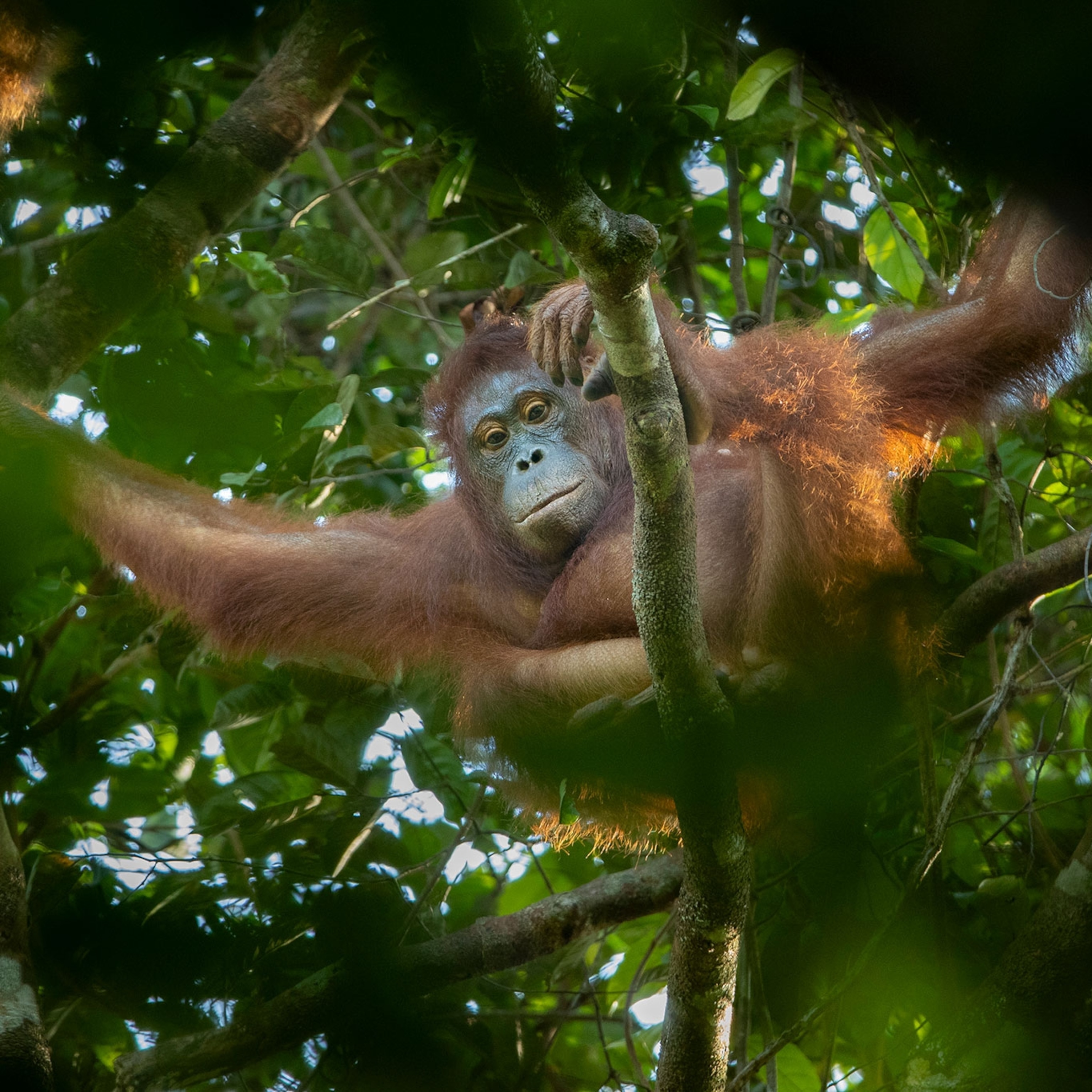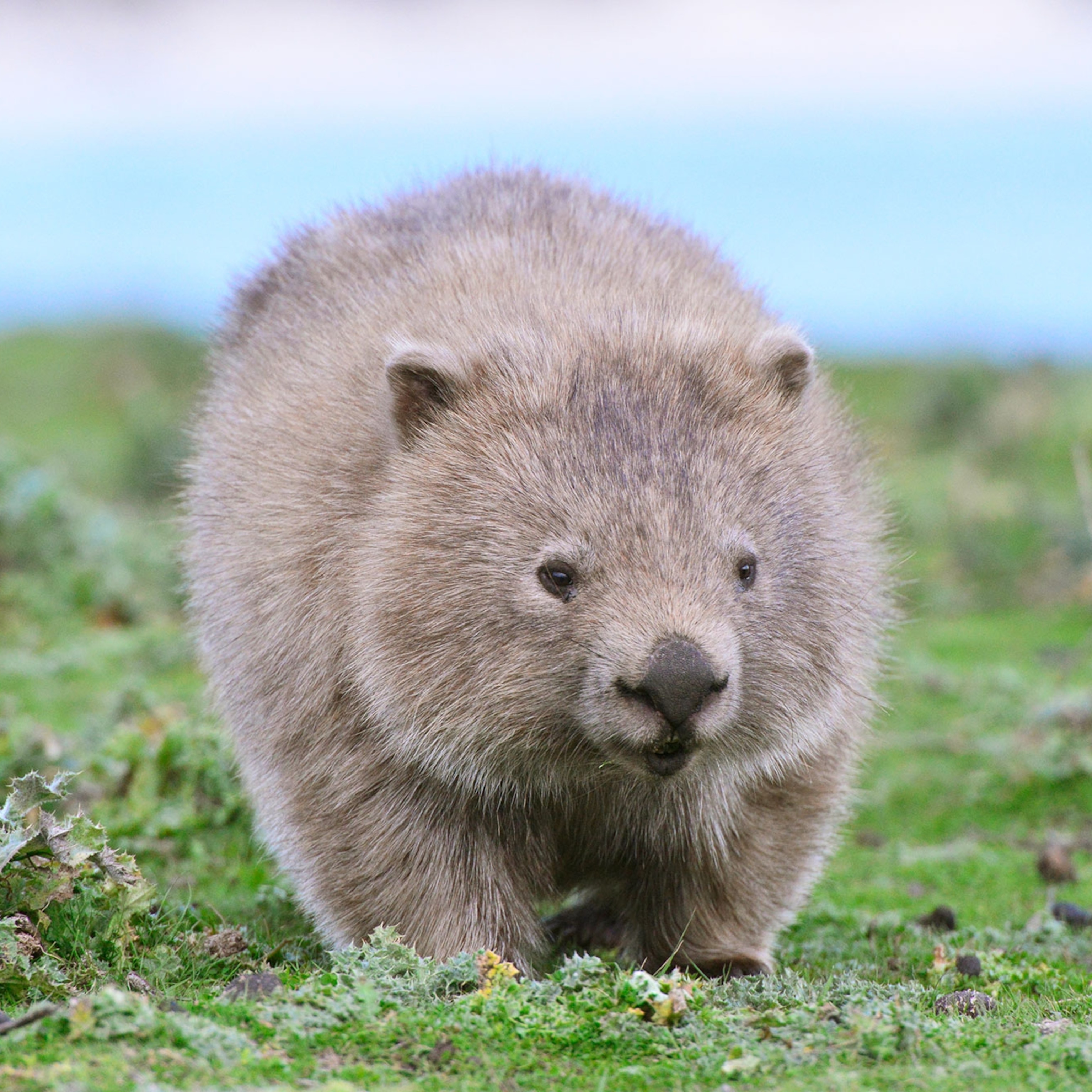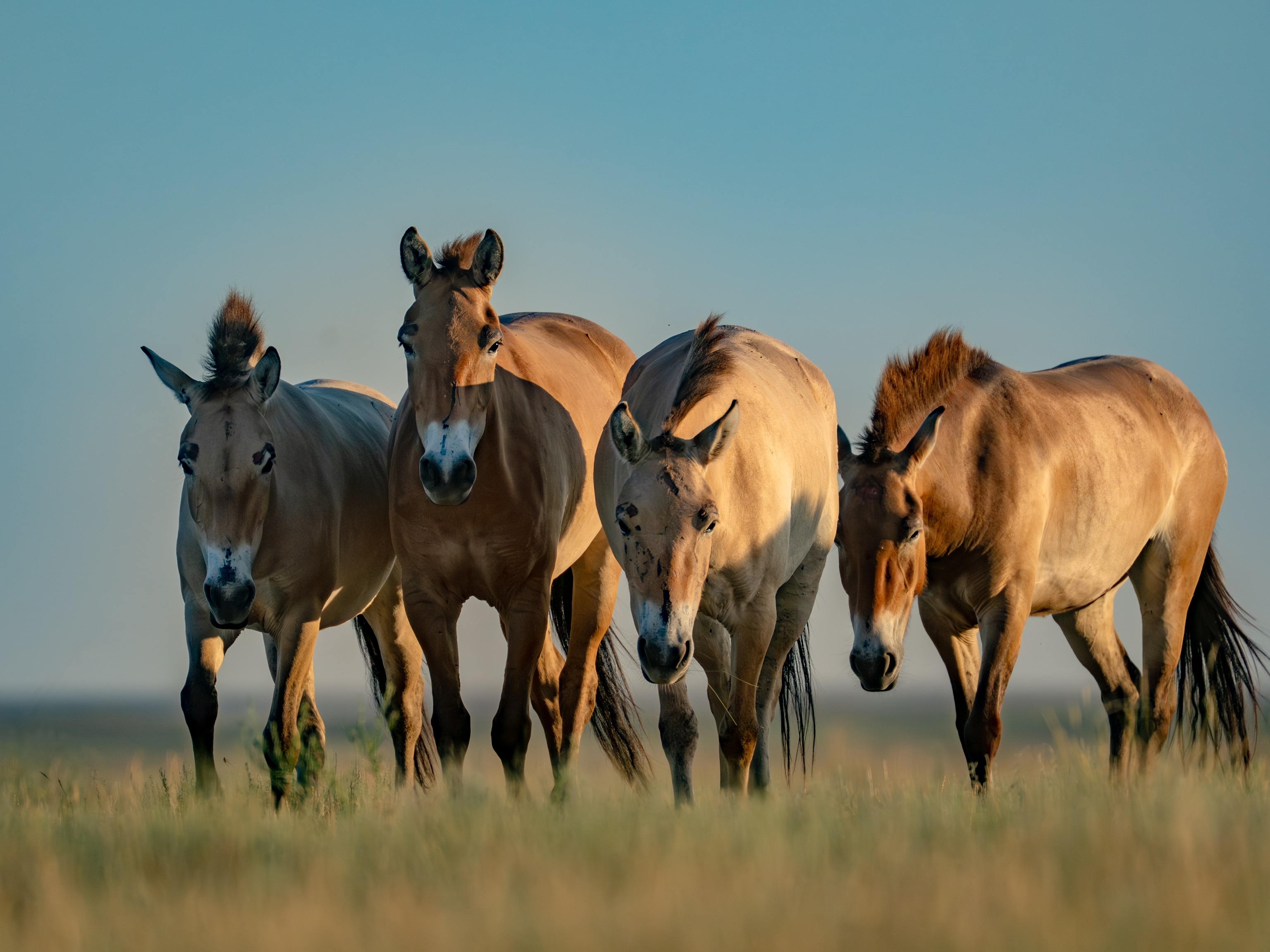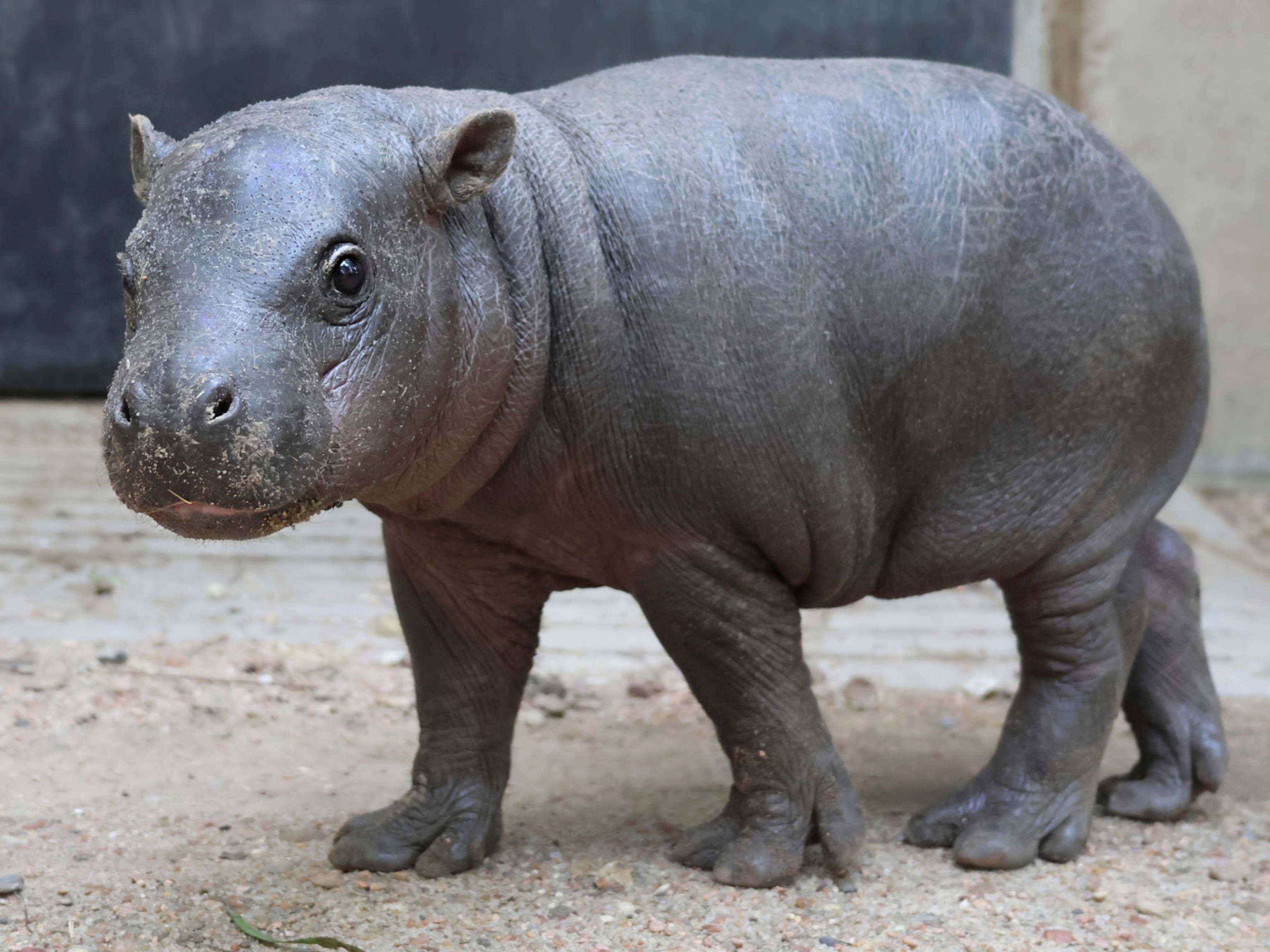
National Zoo Deaths: "Circle of Life" or Animal Care Concerns?
Animal deaths have shaken the Smithsonian's National Zoo. Are the incidents a sign of unusual problems, or just unusually well publicized?
Animal deaths from illness and injury have raised questions about animal care, and about the impact of federal budget cuts, at one of the nation's foremost zoos.
A red river hog, a lesser kudu, and a Dama gazelle have died in recent months at the Cheetah Conservation Station, home to the big cats and other species of the African savannah, and one of the most popular exhibits at the Smithsonian's National Zoo in Washington, D.C.
The series of tragic animal deaths, plus a zebra attack on a zookeeper, has triggered investigation and controversy at the federally funded zoo.
The hog succumbed to an infection, and the two antelope died from injuries that they sustained from running into the walls of their enclosures. Along with other incidents, including the brief escape of a vulture whose flight feathers hadn't been trimmed and the June wanderings of a red panda in the city, the deaths sparked a full investigation by the zoo's Institutional Animal Care and Use Committee (IACUC).
The investigation report addressed animal welfare concerns raised by zoo volunteers and employees, and it relayed some troublesome findings alongside recommendations for improvements.
At the zoo's cheetah facility, the report concluded that animal care and quality management "are severely lacking."
"We respectfully disagree," responded Don Moore, the zoo's associate director for animal care service, in writing. Moore cited the recent inspections for evidence—including an Association of Zoos and Aquariums (AZA) inspection in May 2013, and a September 2013 visit by a U.S. Department of Agriculture (USDA) veterinarian—that found no noteworthy issues in the Cheetah Conservation Station.
Too Much With Too Little?
In a December 10 interview with the Washington Post, the zoo's director, Dennis Kelly, said that the facility has been trying to do too much with too little.
"My staff is as good as anybody in the zoological community," Kelly said. "We're well trained. People know what they're doing. They're dedicated. For the collection that we have, we're spreading ourselves too thin at the moment."
When reached this week, zoo officials backtracked a bit on blaming dollars and cents. Zoo spokesperson Annalisa Meyer said that when it comes to decreased funding, the safety of animals and visitors has always remained the top priority, even if cuts must be made elsewhere.
The zoo has recently filled a Cheetah Conservation Station biologist position, which had been empty for several years due to budget constraints.
Part of the Circle of Life?
Steve Feldman, spokesperson for the AZA, said that sad as they may be, it's not unusual to have animal deaths or incidents like those seen recently at the National Zoo. He said the spate of incidents didn't appear to be out of the ordinary.
"The circle of life that occurs for all living things repeats itself in zoos on a daily basis," he said. "Just as with humans, we notice more when it happens to celebrities, we tend to take more notice when these things happen at a place like the National Zoo because zoo animals are the celebrities of the animal world."
AZA institutions undergo a comprehensive, six-month review of best practices and standards every five years, Feldman said, to ensure that the physical, social, and psychological needs of animals are met. The National Zoo most recently completed this process in September. While the USDA licenses more than 2,800 wildlife exhibitors, only 223 of them meet the requirements for animal welfare, safety, education, and other benchmarks required by the AZA. (See "Pictures: Seven Energy-Smart Zoos and Aquariums.")
Meyer, the National Zoo spokesperson, said the zoo carefully examines the circumstances of its every death and birth—neither event is infrequent among the more than 2,000 animals that call the space home. Reports on this year's notable incidents include the following:
Red River Hog
Holly, a female red river hog, died of an infection known as septicemia. She weighed 110 pounds (50 kilograms) on arrival at the zoo last year (already under the AZA guidelines for her species) but then lost over 30 pounds in eight weeks and tipped the scales at just 79 pounds (32 kilograms) at her death.
The IACUC report reveals that zoo departments disagreed over the hog's care and feeding. A pathology report was not able to determine if septicemia caused Holly's dramatic weight loss, or whether she became underweight first, which increased her risk of infection.
"Although the staff was feeding her the diet that was prescribed to her, she was very underweight at her death," Meyer said. "Our team worked very hard to save Holly and were not able to. We wish we could have done more for her."
The team had better luck with a male hog, Roscoe, who displayed some of the same symptoms but has since recovered and is reported to be healthy and thriving.
Lesser Kudu
On June 16 a lesser kudu (a species of antelope) was spooked for unknown reasons and ran into a wall, fatally breaking her neck. "Kudu are skittish by nature. In the wild they would run. But in containment, unfortunately, her neck was broken," Meyer said.
Kudu are herd animals, she added, and a lack of companions offering a social "security blanket" may make captive kudu a bit more fearful.
As a result, Meyer explained, a second kudu, which was then pregnant and has now delivered, was moved to a smaller, more intimate area to try to make her feel more comfortable. The zoo may acquire more kudu.
Dama Gazelle and Zebra Attack
On November 18, a zookeeper was seriously injured by a male Grevy's zebra named Gumu. The keeper broke protocols and did not secure the zebra in its stall before entering and cleaning the adjoining yard.
The veteran zookeeper is recovering from his injuries, and close post-incident monitoring of the zebra has revealed no ill effects. However, the attack appears to have been deadly for a Dama gazelle in an adjoining enclosure.
The one-year-old gazelle, Tony, died the same day from crashing into the wall of his enclosure. It's believed he may have been spooked by the nearby zebra attack.
Przewalski's Horse
The zoo's most recent animal death occurred off the zoo's primary property in northwest Washington, D.C.
On December 11 a Przewalski's horse colt, four months old, charged an indoor fence at the zoo's Conservation Biology Institute in Front Royal, Virginia, and was killed by trauma sustained on impact. (Related: "First Przewalski's Horse Born Via Artificial Insemination.")
The Przewalski's horse is the world's last remaining breed of truly wild horse whose ancestors were never domesticated. Zoos were essential in saving the species, which lived only in captivity before reintroduction to the Mongolian steppes. (Related: "Is Breeding Pandas in Captivity Worth It?")
Meyer said in light of these incidents, many recommendations from the IACUC report have already been implemented, from enclosure modifications to staff training.
"We adjusted animal care procedures to prevent similar incidents in the future and increased standards of communication among zoo departments and staff. We work constantly to evaluate and improve the quality of animal care we provide," she said.
The AZA's Feldman expressed confidence that despite the unfortunate events of the past year, the National Zoo staff is well up to the task of caring for the many species in their charge.
"If people have any questions, one way they might answer them is to simply visit the National Zoo," he said. "Talk to somebody there and you'll see how passionate and caring each and every one of them are."







